Why Inflatables?Inflatable Tenders vs Hard Tenders
Learn about what makes Innovocean different
Learn about inflatable boat types
Inflatable boats have raising popularity in any section of the marine community. Dinghies, sports boats, fishing boats and even kayaks are more likely to be inflatable nowadays. So why do people prefer inflatable boats? Are they really better than traditional hard boats in any aspect? Here we compare the summarized pros and cons for choosing inflatables. Note that we focus on regular tenders, dinghies and small sports boats in this article. Inflatable kayaks and other types of inflatables are not covered here.
In order to understand the advantages of inflatable boats, we need to learn the mechanical structure of a typical inflatable boat. We can think of an inflatable boat as a regular rigid boat with gunwale replaced by a continuous inflatable tube. This inflatable tube is usually U-shaped. It covers the port side, the bow and the starboard side of the boat. It usually consists of three inflatable chambers. The stern of a typical inflatable boat is usually a rigid transom plate. It provides with a rigid support so we can attach motors or trailers on it. The two ends of the inflatable tube go back further than the position where the transom plate stays. The exceeded parts can provide extra buoyance when the boat is moving at high speed. When a boat is moving at high speed, its stern moves down and the exceeded parts of the inflatable tube are forced into the water so that additional buoyance for each side is produced. “The U-shaped tube plus transom plate” is the most common structure for inflatable dinghies, service boats, sports boats and fishing boats. However, there are many other types of inflatable boats such as frameless inflatable boats, multi-hull inflatable boats, which are not a concern in this article.
When comparing with conventional rigid dinghies, inflatable dinghies have the following advantages:
- High Floatability: The buoyance from a conventional tender comes from the space inside the hull. As we know about the Law of Buoyance, the more water be pushed away by an object, the more buoyance this object will get. However, if the hull is filled up with water, the conventional boat is very possible to sink. The buoyance from an inflatable boat is provided by both the hull and the inflatable chambers. Under normal loads, even if the hull of an inflatable boat is filled up with water, the boat will still remain floating because the air chambers exert most of the buoyance.
- Triple Security: The tube in an inflatable tender usually consists of three independent air chambers. Even one of the chambers breaks, the other two could still maintain the floatation of the boat. Conventional rigid tender usually has a single hull. Therefore even one small hole on the bottom is enough to sink the tender.
- Exceptional Loading Capacity: As one bonus benefit of the high floatability of inflatable boats, all inflatable boats’ capacities are higher than hard boats with the same hull size. For example, a 270cm-long air mattress deck inflatable dinghy can hold up to three adults but a traditional hard dinghy can only take with one or two.
- Stability Assured: The air-holding tube surrounds three sides of the hull, which increases the width of the boat and makes it hard to be turned over on water. During high-speed cruising, the chambers also stabilize the boat from both sides. Therefore, inflatable boats could go much smoother at any speed than non-inflatable boats.
- Almost as light as air: Inflatable boats are extremely light-weighted, especially those roll-up types. Some inflatable boats are no more than 45kg, which can be carried by one man. Light weight also makes inflatable boats more maneuverable.
- Speedy Boy: Many inflatable tenders are designed to be sports boat as well. They can reach 70 km/h with a proper motor.
- Easy to transport and store: Many inflatable dinghies are foldable. They can be put into the back storage of a car or an onboard storage space. Most of the conventional dinghies must be transported on a trailer.
- Inflatable boats do not need fenders: The inflatable tube is designed to be strong and can bump off other objects. Some tubes use heavy-duty materials, such as hypalon. These tubes are more durable than PVC tubes and they are scratch-resistant.
Since the inflatable boats have so many advantages, why some people still prefer hard tenders? The main reason is the difference in durability. All inflatable boats have a lifespan, which is usually 10 to 20 years. Some inflatable boat brands, including Innovocean, offer 5-year warranty for their products. However, hard boats, such as aluminium tenders or fiberglass tenders, could be kept on duty for much longer, even over 40 years. They are true “boats for life”. Many sailors, adventurers and explorers would recommend hard dinghies because hard dinghies show extra resistance to extreme environment. For an inflatable boat, even if the tube material is declared to be strong, it is still easy to break due to collision and scratch with rocks while aluminium boats and fiberglass boats should be much stiffer. (Note: All the inflatable boats mentioned in this article refer to pleasure crafts for personal and family usage. Military-class inflatable boats are different stories.) Therefore, if you like to go through rocky riffles as a part of your daily adventurous life, it is better to have a rigid boat instead of an inflatable one.
However, here is a trade-off. Inflatable chambers are easy to be damaged, but also easy to repair. Rigid tenders are hard to break, but once it breaks, it is hard to repair as well. If an inflatable chamber is wounded and the opening is not very large, it could be fixed by just gluing a piece of patch on the wound. However, for example, if an aluminium boat is damaged, it may require welding, metal-cutting, polishing and many other techniques and tools to repair.
There are two types of inflatable boats, which are roll-up type and rigid type. The roll-up types usually have removable decks. The real bottom of a roll-up inflatable is usually double or triple layers of fabric. For this type, you can roll the boat up and put it into a carrying bag after the deck is removed. This type of inflatable boat simplifies the transporting and storing requirements. Roll-up inflatables can be put into the back storage of a car or boat. However, it requires much effort to deflate and tear down the deck after using. The rigid inflatable boats (RIBs) cannot be folded and thereby cannot be put into storage. They must be put on trailers or trucks when transporting on land. If you use a RIB as a dinghy, every time after using, you can immediately tie it on the deck or hang it under davits. You do not need to deflate it or tear down any part. It will be much faster to deploy than a folded inflatable boat. However, we can always use a roll-up inflatable dinghy in the same way we use a RIB but a roll-up dinghy is not as durable as a RIB in general.
Learn about what makes Innovocean different
Learn about inflatable boat types




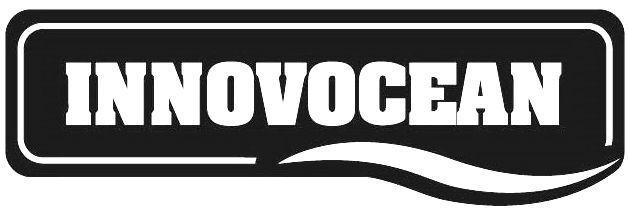
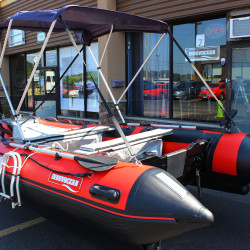

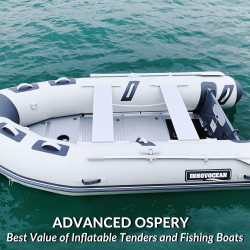
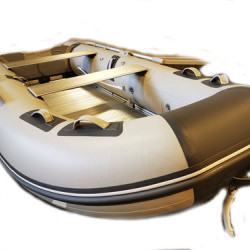


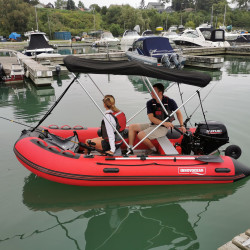

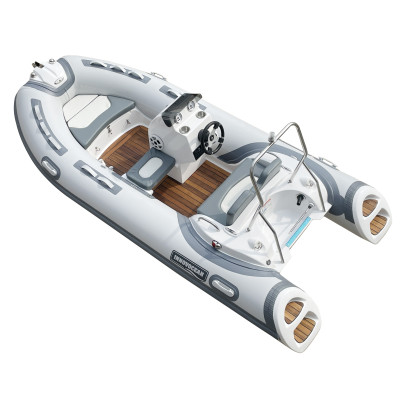
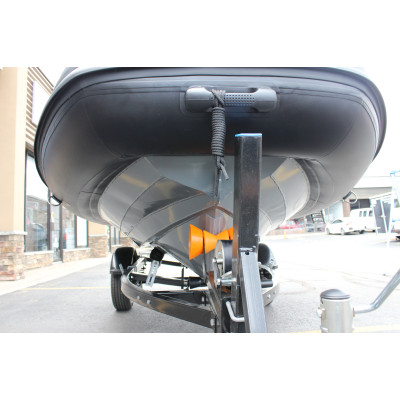
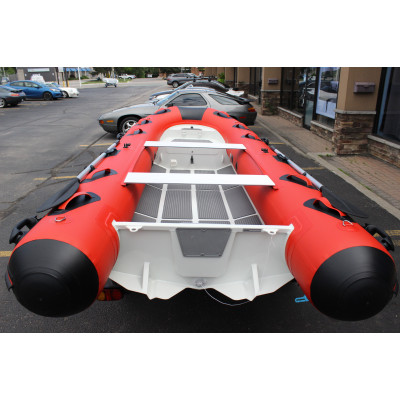
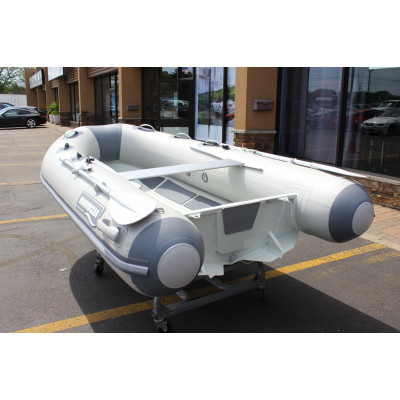
1 Comment(s)
Thank you for the information on why inflatable boats are a good choice. I think one of the greatest benefits is their ease of transport and storage. You could quickly transport the boat to any lake or beach. I'll have to look into it a little more and see whats available.
Leave a Comment